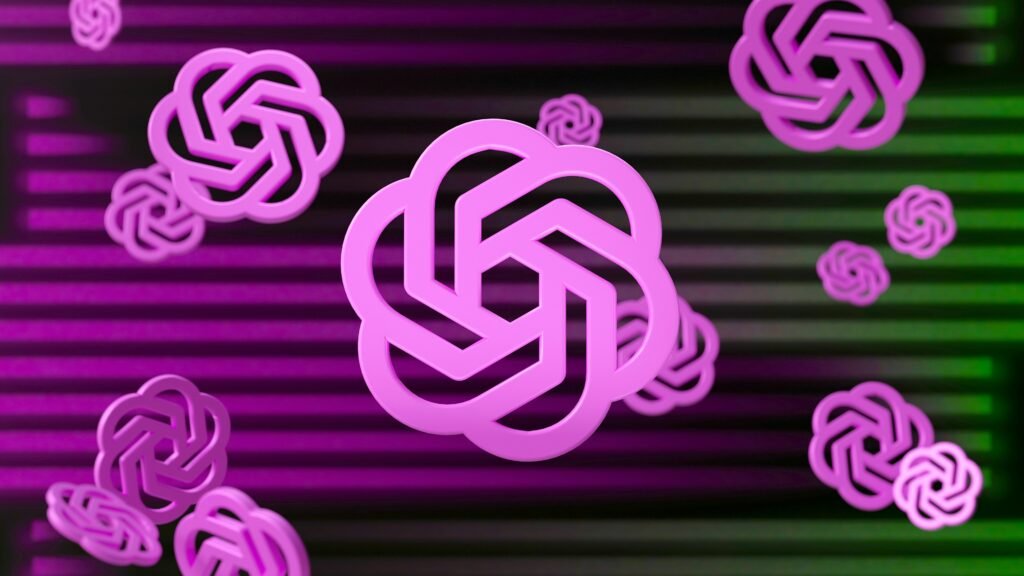
What is a Smart Chatbot?
Smart chatbots represent a significant evolution in the realm of human-computer interaction, distinguishing themselves from traditional chatbots through advanced capabilities enabled by artificial intelligence (AI) and natural language processing (NLP). Unlike their rule-based predecessors, which operate on predefined scripts and are limited to specific commands, smart chatbots utilize sophisticated algorithms that allow them to understand context, pick up on nuances in conversation, and even learn from past interactions. This ability to engage in more meaningful dialogue significantly enhances the user experience.
At the core of smart chatbots is their reliance on machine learning technologies that empower these systems to process and analyze large volumes of data. As a result, they can generate responses that feel more human-like and contextually relevant. These AI-powered systems can facilitate conversations that range from simple query responses to intricate discussions about complex topics, adapting their behavior based on user input over time. This adaptability fosters a personalized interaction model, catering to individual preferences and requirements more effectively than traditional chatbots ever could.
Smart chatbots can be broadly categorized into two types: rule-based and AI-driven. Rule-based chatbots follow predefined decision trees and are programmed to respond to specific user inputs. While effective for straightforward tasks, they often fall short in dynamic interaction scenarios. On the other hand, AI-powered chatbots leverage deep learning techniques, allowing them to analyze user intent and sentiment. This advanced processing capability enables them to provide more relevant and tailored responses, ultimately contributing to improved customer satisfaction and engagement.
As technology continues to progress, smart chatbots are likely to become an integral part of customer service, online interactions, and various other applications across industries, paving the way for more seamless and effective communication between humans and machines.
How Smart Chatbots Work
Smart chatbots leverage several advanced technologies to enhance human-computer interaction, with a focus on machine learning algorithms, natural language understanding (NLU), and context awareness. At the core of a smart chatbot’s functionality is machine learning, which enables these systems to analyze vast amounts of data, identify patterns, and improve their performance over time. By employing techniques such as supervised learning and reinforcement learning, chatbots can adapt their responses based on previous interactions, thereby refining their ability to engage with users.
Natural language understanding plays a crucial role in allowing chatbots to interpret and process human language effectively. NLU encompasses various components, including tokenization, entity recognition, and intent classification. By breaking down user input into interpretable pieces, chatbots can understand the context and nuances of a conversation. This understanding is essential for accurately recognizing user intent and providing appropriate responses. Additionally, NLU helps chatbots handle multiple languages and dialects, making them more versatile in communication.
Another significant aspect of smart chatbots is their context awareness, which allows them to maintain conversational flow and relevance. By keeping track of previous interactions and user preferences, these chatbots can offer personalized experiences. For example, if a user previously inquired about a product, the chatbot can recall this information in subsequent conversations, enhancing the overall interaction quality.
Developers commonly utilize various frameworks and platforms to create smart chatbots, including Microsoft’s Bot Framework, Google’s Dialogflow, and Amazon Lex. These tools provide robust APIs and features that facilitate the development of intelligent, responsive chatbots. As organizations increasingly adopt this technology, understanding the workings of smart chatbots becomes essential for optimizing customer service and improving user engagement.
Applications of Smart Chatbots
Smart chatbots have become increasingly integral across a variety of industries, significantly transforming the landscape of human-computer interaction. In customer service, businesses utilize chatbots to provide seamless, 24/7 support, thereby enhancing customer engagement. For example, companies like Sephora and H&M have successfully implemented chatbots to assist customers with product recommendations or order inquiries. This not only improves response times but also allows human agents to focus on more complex tasks, ultimately contributing to an increase in operational efficiency.
In the healthcare sector, smart chatbots serve as virtual health assistants, guiding users through appointment scheduling, medication reminders, and general health inquiries. A notable example includes the chatbot Ada, which assesses health symptoms and provides users with potential conditions, ensuring they receive timely medical advice. Such applications not only improve patient satisfaction but also enhance the overall healthcare experience by minimizing wait times and reducing the administrative burden on healthcare professionals.
The finance industry has also embraced smart chatbots, which help customers manage their accounts, conduct transactions, and provide personalized financial advice. Chatbots like Erica from Bank of America demonstrate this by using artificial intelligence to analyze user spending habits and offer tailored budgeting suggestions, promoting better financial literacy and planning among users.
In the realm of education, smart chatbots are being deployed for tutoring and administrative support. For instance, chatbots like Duolingo’s virtual assistant help students stay engaged with their learning goals through personalized feedback and interactive exercises, which can enhance the educational experience. This personalization is a key benefit of using smart chatbots across various sectors, as it fosters a deeper connection between users and the services offered.
The integration of smart chatbots not only delivers substantial cost savings but also continuously enhances user experiences through tailored assistance and round-the-clock availability, establishing them as pivotal tools across diverse fields.
The Future of Smart Chatbots
The landscape of smart chatbots is poised for significant transformation as emerging technologies continue to evolve. One of the key trends shaping the future of these conversational agents is the integration of voice recognition technology. With advancements in natural language processing (NLP), chatbots are becoming increasingly capable of understanding and processing spoken language. This shift towards voice-controlled interactions is likely to enhance user experience, making communication more intuitive and seamless.
Another vital aspect of the future of smart chatbots is the growing emphasis on emotional intelligence. Developers are increasingly focusing on creating chatbots that can recognize and respond to the emotional states of users. By analyzing tone, word choice, and context, these chatbots will not only engage users more effectively but also foster a sense of empathy, thereby enhancing the overall experience. This movement towards emotionally-aware chatbots signals a paradigm shift where user satisfaction and emotional engagement become paramount.
Moreover, as chatbots continue to attain advanced conversational capabilities, they are expected to handle more complex queries and provide deeper contextual responses. This evolution will empower users to have more meaningful interactions with these digital assistants, significantly broadening their potential applications across various industries, including healthcare, customer service, and education.
However, with these advancements come ethical considerations and challenges. Developers must navigate issues related to privacy, data security, and the potential for job displacement, as more tasks are automated. Ensuring transparent and ethical design in chatbot technology will be crucial in addressing concerns related to user trust and societal impact. As we move towards an era where smart chatbots play an integral role in communication, it is essential to strike a balance between technological innovation, ethical considerations, and the preservation of human touch in customer interactions.




